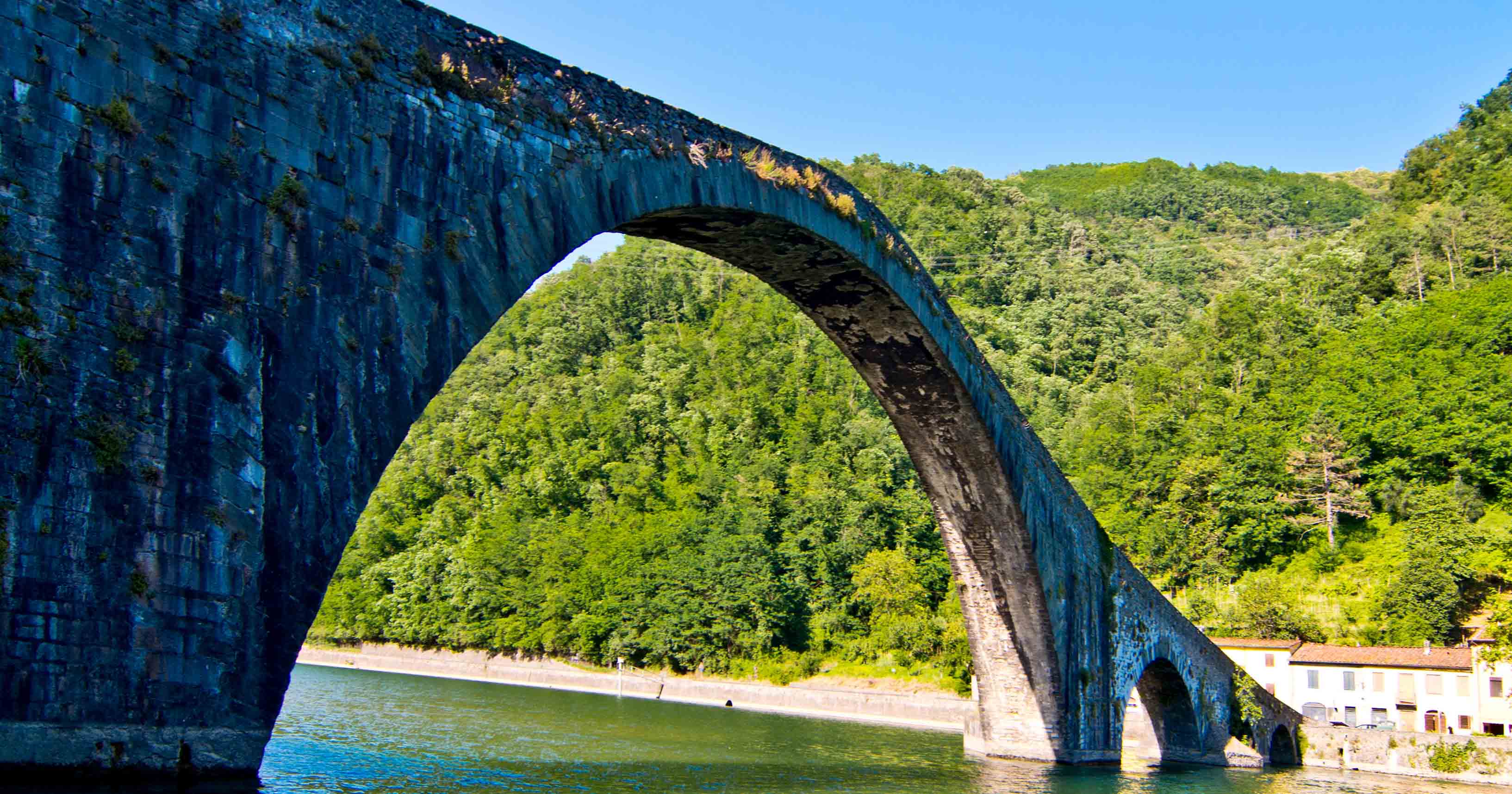The 5 magical places in Tuscany

- On 2 May 2019
- In Tips for travellers
- Tags: #Tuscany day tours
Misterious Tuscany: discovering the hidden beautiful treasures of Tuscany
The summer is coming and with it the desire for outdoor trips and weekends! And what’s better than a nice trip through the countryside, hills and cities of art in Tuscany? A nice little journey to discover its lesser known side! Among magic symbols, legends and hidden treasures! We give you some suggestions, you arm yourself with comfortable backpacks and shoes and venture out to discover the esoteric and mysterious side of Tuscany!
Rotonda di Montesiepi and Abbazia di San Galgano in Chiusdino (Siena)
Immersed in the Sienese countryside, the Rotonda or Eremo di Montesiepi is a circular construction that contains and preserves the sword that San Galgano stuck in the rock, in its last year of life which passed right here. The Rotanda is a building full of symbolism, starting from the decorations constituted by an alternation of white and red bands that start from the apex of the dome to continue on the walls, chromatism, which recalls Etruscan, Celtic and even Templar memories. This suggests an attempt by the Knights Templar to establish a base in Tuscany for the search for the Holy Grail.
The same story of San Galgano is rich in symbolism, starting from the sword tool of war and death, which turns into an instrument of peace and redemption, when Galgano, who was a knight, disgusted by the bad deeds committed and by the world to which he belonged, he abandoned everything to devote himself to a life of penance, transforming his knight’s cloak into a humble hermit’s robe and sticking his sword in a rock of the hermitage; sword still visible even if now broken at the height of the hilt, due to vandalism suffered over the years.
Also striking is the complex of the Abbey of San Galgano, now deconsecrated, whose ruins rise not far from the Rotonda.
The Tarot Garden in Capalbio (Grosseto)
Is an artistic park inspired by the Parc Guell of the architect Gaudi ‘in Barcelona, nestled in the Tuscan countryside, in the Garavicchio locality, near Pescia Fiorentina, a hamlet of Capalbio, designed by the Franco sculptress American Niki de Saint Phalle, populated by statues inspired by the figures of the twenty-two major arcana of the tarot. Colored statues about 12/15 meters high, covered with mirror mosaics, precious glass and ceramic.
Devil’s Bridge in Lucca
This bridge whose real name is Ponte della Maddalena, owes the epithet of “Ponte del Diavolo” to a legend that tells that it was completed in one night thanks to the pact between the mason who was building it and Satan, to whom it was promised in I change the soul of the first person who crossed it; but the devil was deceived, because the first to cross the bridge was a dog, and some say that in the evening it is possible to see a four-legged shadow, a symbol of the devil who still seeks the soul of the foreman who deceived him.
Castle of the Guidi counts in Poppi (Arezzo)
The castle of Poppi, an ancient residence of the Guidi counts, has been both a scenario of war stories, erotic stories and ghosts over the centuries; in fact it is said that the ghost of the cruel and lascivious Countess Matelda, always dressed in white or black, appears in the “Tower of the devils” to circulate the visitors of the castle; tower in which the countess was walled alive by the inhabitants of the village to put an end to the murders that she perpetrated every night, to the detriment of the men with whom she spent nights of passion, so that they would not reveal her secret.
But from the stories of the inhabitants of the place it seems that the ghost of the Countess is not the only one to infest the castle, in fact it seems that on nights of full moon, in the courtyard the rattle of weapons is heard rattling due to the furious duels between the ghost knights.
Fountain of the Fata Morgana – Bagno a Ripoli (Firenze)
Statue mysteriously disappeared; also curious is the mosaic that forms the floor, composed of white and black pebbles that form the word “Fata Morgana” near the threshold.
Obviously the place owes its halo of magic and mystery to the fame of Morgana and there are those who still today attribute rejuvenating virtues to the water of the source.
